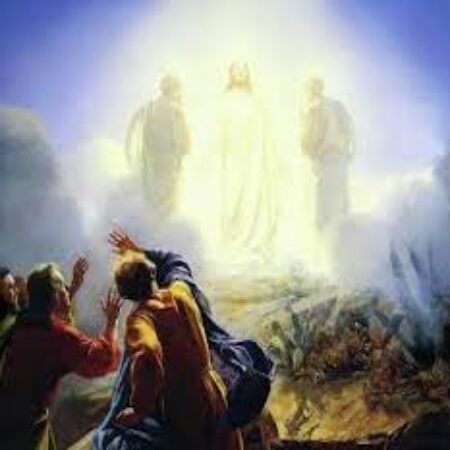The Transfiguration of our Lord Jesus is recounted in the first three Gospels. During this event, Jesus revealed a glimpse of his divine glory to his chosen disciples, Peter, James, and John. It was a moment carefully orchestrated by Jesus before his impending suffering and death, intended to leave an indelible mark on his followers.
As the disciples looked on in awe, they witnessed Moses and Elijah conversing with Jesus. These figures, Moses and Elijah, represented the Law and the Prophets, respectively, symbolizing the Old Testament covenant. Their presence signified the continuity between the old and the new, with Jesus as the focal point of the new covenant, the new life established through his impending sacrifice and resurrection.
Peter, in his zeal, suggested honoring Jesus, Moses, and Elijah by making tents for each of them. In doing so, Peter unwittingly equated all three. However, while he was still speaking, a cloud overshadowed them, and a voice was heard saying, “This is my beloved Son; listen to him.” The voice corrected Peter and his fellow disciples, emphasizing Jesus’ preeminence and the imperative to heed his words.
Furthermore, Peter’s suggestion to remain on the mountaintop underscored his misunderstanding of the necessity of Jesus’ sacrificial death on the cross. The mountaintop experience was intended to equip, encourage, and energize them for the work ahead, not to remain on the top isolated.
The Transfiguration imparts two vital lessons: first, that Jesus is the ultimate authority, transcending both the living and the departed, and we ought to heed his teachings; second, that his glory is inseparable from his mission to redeem humanity through his death and resurrection, and we who witness his glory ought to serve others. As we embark upon the Lenten season, let us attune to our hearts to listen to his voice and be ready to serve his purpose. God bless!
